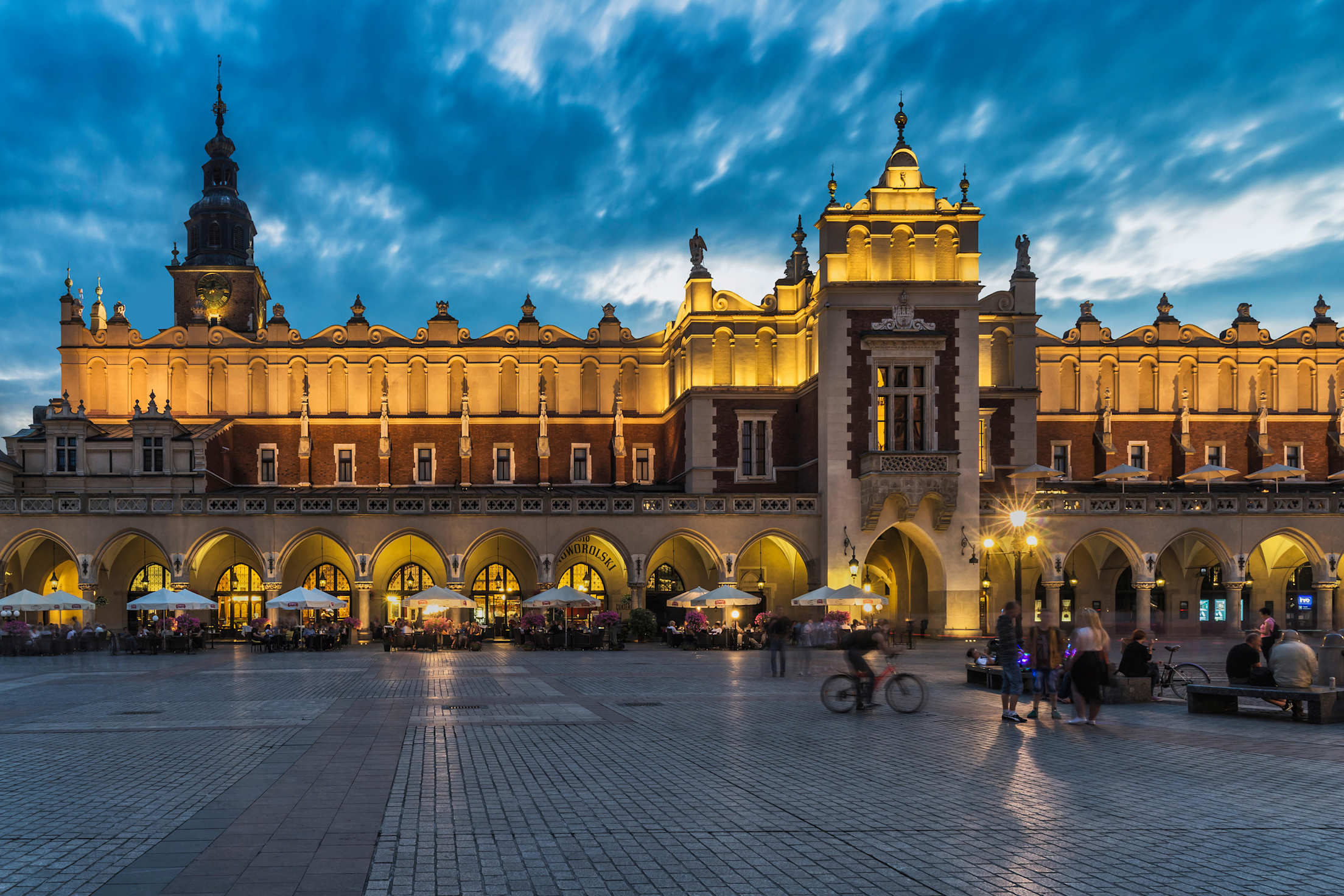
A Trip to Your Roots
Genealogy is trending—and providing a tantalizing reason to travel.

Connection. That’s the drive behind roots travel. Also called homeland or legacy travel, genealogy trips combine the search for a personal relationship to the past with a traditional vacation.
“There’s a desire to see firsthand where our ancestors walked and farmed and ate and lived and raised their kids,” says Dallen Timothy, a professor at Arizona State University and editor of the Journal of Heritage Tourism. “People are turning to their own familial past as a way to find grounding in a tumultuous world.”
Genealogy travel is hot. Technology has made documents such as birth certificates and immigration papers easily accessible. DNA testing kits can determine people’s familial origins and link them with living relatives. It’s estimated that $4.3 billion will be spent on those products and services globally in 2018.
“Genealogy is a legitimate craze right now,” says A.J. Jacobs, author of It’s All Relative. “It’s everywhere you turn—genealogy TV shows, genealogy DNA services, genealogy cruises.” In his quest to help build the world’s family tree, Jacobs discovered just how connected we all are. “It makes you feel like you’re part of something larger,” he says. “Much larger. Like 7 billion people.”
It’s especially popular in the United States—with its amalgamation of people from around the globe, separated from their roots—and among baby boomers, who have both time (the cohort is edging into retirement) and money. As a group, they’re the most affluent generation, and many can afford travel to their ancestral homelands.
A genealogical or heritage trip can be as simple as going to a place that’s significant for your family, such as seeking out authentic Ashkenazi dishes in New York City or visiting the new National Museum of African American History and Culture in Washington, D.C. Others dig into research for more personal quests.
Arlys Veen, a genealogy hobbyist from Chino, California, visited Leerbroek, Holland, where her grandmother was born, and asked every person she met about her family name. That eventually got her an invitation to spend time at a local farmhouse with people who were likely her distant cousins. “We couldn’t prove we were related at the time,” she says. “But I’m working on it.”

How to Travel to Discover Your Ancestral Roots
For a deep dive into your roots, plan a trip to conduct genealogical research in a relevant library, archive, church, or town. Among the most popular destinations in the United States are the Family History Library in Salt Lake City and the Genealogy Center at the Allen County Public Library in Fort Wayne, Ind. These are treasure troves of documents, but they can be intimidating if you don’t plan ahead. Here’s how to make the most of your efforts.
Do some legwork in advance.
Know what you want to find on your quest. Build on your known family history with online resources such as Ancestry, MyHeritage, FamilySearch, and WikiTree.
Enlist a guide.
It’s helpful to have someone familiar with the places you want to visit. The Association of Professional Genealogists lists people who can provide guidance, usually for a modest fee.
Arrive at archives and libraries early.
Be friendly, appreciative, and patient with clerks and librarians. They can save you hours of additional work.
Bring a digital camera, extra batteries, and flash drives.
Some libraries allow you to photograph records, which is faster than using a copy machine.
Have fun.
Keep in mind that it’s a trip, not a school assignment. Even if you don’t uncover Great-Great-Grandma Josephine’s maiden name, you can enjoy the journey. —Chip Rowe
Let AAA Complimentary Travel Agents plan your trip. It's a free benefit for AAA Members.